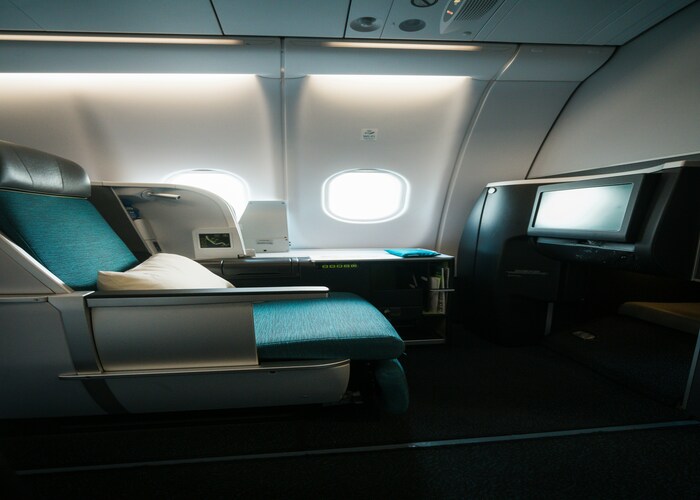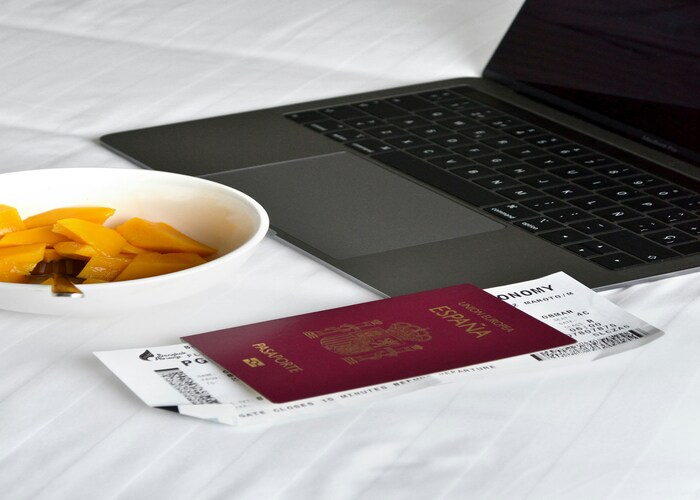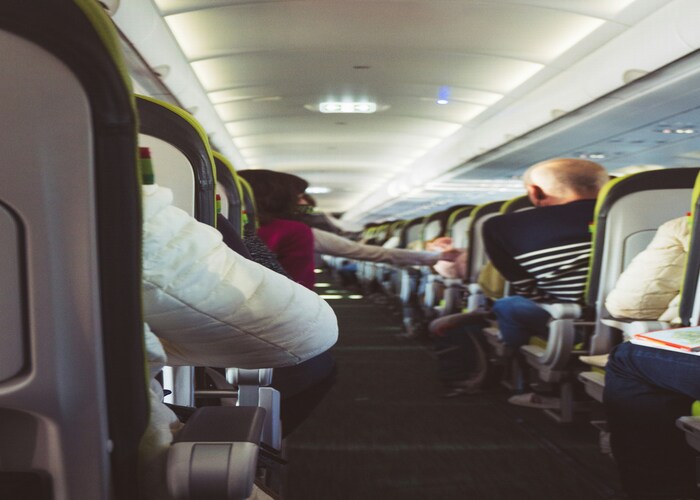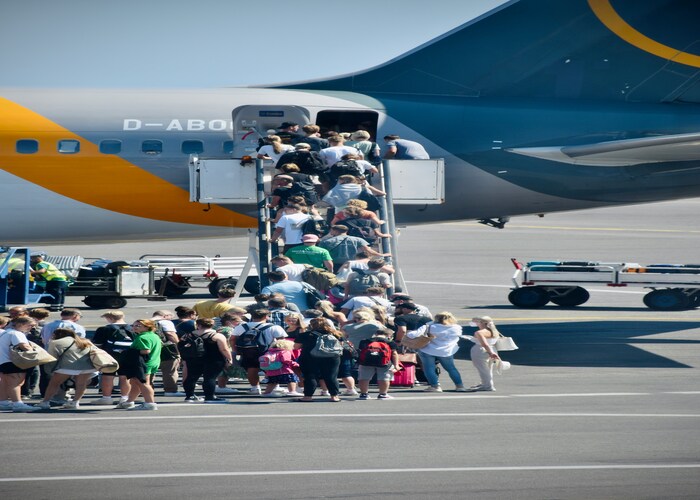Overview
Tucked away in Victoria’s High Country, Mt Buffalo National Park transforms into a snow-covered wonderland every winter. While most visitors associate alpine regions with skiing, Mt Buffalo offers something uniquely peaceful — the alpine snowshoe trek. This experience allows you to walk across glistening snowfields, wander through silent snow gums, and take in panoramic mountain views, all at your own pace. Alpine snowshoe trek in Mt Buffalo winter, VIC, Tour & Trek.
Located about 320 km northeast of Melbourne, Mt Buffalo rises to 1,723 metres above sea level. During the winter months, heavy snowfall blankets the plateau, creating ideal conditions for snowshoeing — an accessible and low-impact way to explore alpine terrain without the need for skiing skills.
The Mt Buffalo snowshoe trek is especially popular among those who love winter hiking, photography, and nature immersion. The park’s diverse landscapes — from icy waterfalls to frozen alpine meadows — offer an unforgettable taste of Australia’s snow country.
The trails range from gentle loops to moderate climbs, making it suitable for both beginners and seasoned trekkers. Unlike crowded ski resorts, Mt Buffalo’s snowshoe trails provide solitude, serenity, and the simple joy of walking through a pristine white wilderness.
Best Time to Visit
The best time to enjoy the alpine snowshoe trek at Mt Buffalo is between June and September, when consistent snowfall covers the plateau.
- June to July: Early winter brings fresh snowfalls and moderate conditions.
- August: Deep snow, clear skies, and crisp air — the most popular month for snowshoeing.
- September: Late-season snow offers quieter trails and milder weather.
Outside winter, snowshoes are not required, but the same trails can be enjoyed as scenic hiking routes through alpine meadows and rock formations.
How to Reach
By Air:
The nearest major airport is Melbourne Airport (MEL). From Melbourne, Mt Buffalo is about a 4.5 to 5-hour drive via the Hume Freeway and Great Alpine Road.
By Road:
Mt Buffalo is accessible from Bright, the nearest town (about 28 km away). From Bright, follow signs to Mt Buffalo National Park via the Mount Buffalo Road, which winds up the mountain to the plateau. The road is sealed but can be icy or snow-covered in winter — carry snow chains for vehicles as required.
By Train/Bus:
- Take a V/Line train from Melbourne to Wangaratta.
- From Wangaratta, catch a bus to Porepunkah or Bright.
- Local transfers or taxis from Bright can take you to the park entrance.
Note: Public transport options are limited, so driving or joining a guided transport service is often more convenient during the snow season. Alpine snowshoe trek in Mt Buffalo winter, VIC, Tour & Trek.
Entry Fees and Permits
- Entry to Mt Buffalo National Park: Free of charge.
- Parking: Free at most designated car parks near trailheads.
- Snow chains: May be required in heavy snow conditions (hire available in Bright).
- Guided tours: Optional, and prices vary depending on duration and inclusions (subject to change).
If you plan to camp or stay overnight within the park (where permitted), a camping permit from Parks Victoria may be required.
Always check local updates before visiting, as road closures and weather alerts are common in winter.
Food Availability and Meal Options
There are no restaurants or cafes within Mt Buffalo National Park, especially during winter. However, the nearby town of Bright offers plenty of options — from bakeries and cafés to hearty pub meals and alpine dining.
For snowshoe trekkers:
- Pack your own lunch, snacks, and a thermos of hot drink.
- Carry high-energy foods like nuts, chocolate, and dried fruit.
- Always bring enough water, as mountain streams may be frozen.
- A small camp stove or thermal flask can be useful for hot meals during long treks.
If joining a guided trek, check whether meals or refreshments are included.
Packing List and Essentials
Snowshoeing at Mt Buffalo requires preparation for cold, unpredictable alpine weather. Dress in warm, layered clothing and pack lightweight, waterproof gear.
Essential items include:
- Waterproof hiking boots suitable for snowshoe bindings
- Waterproof jacket and pants
- Base layers (thermal top and bottom)
- Fleece or insulated jacket
- Warm gloves and beanie
- Sunglasses and sunscreen (UV is strong at altitude)
- Backpack with waterproof cover
- Reusable water bottle or hydration pack
- Energy snacks and packed lunch
- Navigation tools (map, GPS, or compass)
- First-aid kit and whistle
- Power bank for phone or camera
Optional items: trekking poles, gaiters, and a small insulated mat for resting.
Snowshoes and poles can be rented from Bright or ski hire shops en route to Mt Buffalo. Alpine snowshoe trek in Mt Buffalo winter, VIC, Tour & Trek.
Safety Tips and Local Regulations
Mt Buffalo’s alpine conditions can change rapidly — preparation and awareness are key.
Safety Guidelines:
- Check weather forecasts before heading out; avoid blizzards or high wind days.
- Always register your plan or inform someone of your return time.
- Stay on marked snowshoe trails — whiteout conditions can obscure direction.
- Carry a fully charged phone, though signal may be weak in remote areas.
- Avoid walking near cornices or steep snow slopes.
- Hydrate often, even in cold weather — dehydration is common in alpine air.
- Leave no trace: take all rubbish with you and avoid disturbing wildlife.
Local regulations:
- Fires are not allowed in alpine areas during winter.
- Dogs and other pets are prohibited in Mt Buffalo National Park.
- Do not enter closed areas or walk over ski-only zones.
If conditions deteriorate, return to safety immediately. Visibility can drop within minutes during snowstorms.
Tips for Beginners or First-Time Visitors
If it’s your first snowshoe trek, Mt Buffalo is an ideal starting point. The terrain is varied but accessible, and the trails are clearly marked.
Helpful tips for newcomers:
- Start with short, easy trails like Lake Catani Loop (2 km) or The Horn Track for stunning summit views.
- Practice walking in snowshoes on flat ground before heading uphill.
- Layer clothing so you can adjust to your body temperature easily.
- Bring spare socks in case your feet get damp.
- Begin early in the day — daylight is shorter in winter.
- Check for avalanche warnings or closed sections before you start.
- Take regular breaks but avoid sitting directly on snow for long periods.
Snowshoeing doesn’t require special training — if you can walk, you can snowshoe. However, fitness helps on longer routes or deeper snow. Alpine snowshoe trek in Mt Buffalo winter, VIC, Tour & Trek.
Local Customs and Cultural Etiquette
Mt Buffalo and its surrounding region are part of the traditional lands of the Taungurung and Dhudhuroa peoples, who have a deep spiritual connection to this alpine landscape.
Visitors are encouraged to show respect by:
- Staying on marked paths and avoiding cultural or restricted areas.
- Leaving natural features undisturbed.
- Appreciating the area’s significance as a place of gathering and survival for Aboriginal people over thousands of years.
In general, Australian alpine etiquette emphasizes respect for nature — keep noise low, protect native wildlife, and follow “leave no trace” practices.
Frequently Asked Questions (FAQs)
1. What is the altitude of Mt Buffalo?
Mt Buffalo’s highest point, The Horn, sits at about 1,723 metres above sea level.
2. How long does a snowshoe trek take?
Most snowshoe routes take 2–5 hours depending on distance and conditions. Guided treks may range from half-day to full-day experiences.
3. Is snowshoeing difficult?
Snowshoeing is moderately easy. It’s suitable for beginners and families, with fitness and balance being the main requirements.
4. Are snowshoes provided on-site?
No rentals inside the park, but gear is easily available in Bright or Porepunkah.
5. Are toilets available during the trek?
Toilets are located at Lake Catani campground and The Gorge day-use area, but not along all trails.
6. Do I need a guide?
Not mandatory, but guided treks are recommended for first-time visitors or those unfamiliar with snow navigation.
7. Can children participate?
Yes, snowshoeing is safe for children aged 8+ when supervised and properly equipped.
8. Are there accommodation options nearby?
Yes, lodging is available in Bright, Porepunkah, and limited options within Mt Buffalo National Park (like Lake Catani Campground).
9. Is mobile coverage available?
Patchy in some alpine areas. It’s best to carry offline maps or GPS devices.
10. Is Mt Buffalo suitable for photography and wildlife spotting?
Absolutely. Expect snow gums, frozen lakes, wombats, wallabies, and breathtaking sunrise vistas across the High Country.
Final Thoughts
The Alpine Snowshoe Trek in Mt Buffalo Winter, VIC, is one of Australia’s most enchanting winter adventures. It’s quiet, accessible, and breathtakingly beautiful — offering an intimate way to explore the alpine wilderness beyond the busy ski slopes.






Leave a Reply